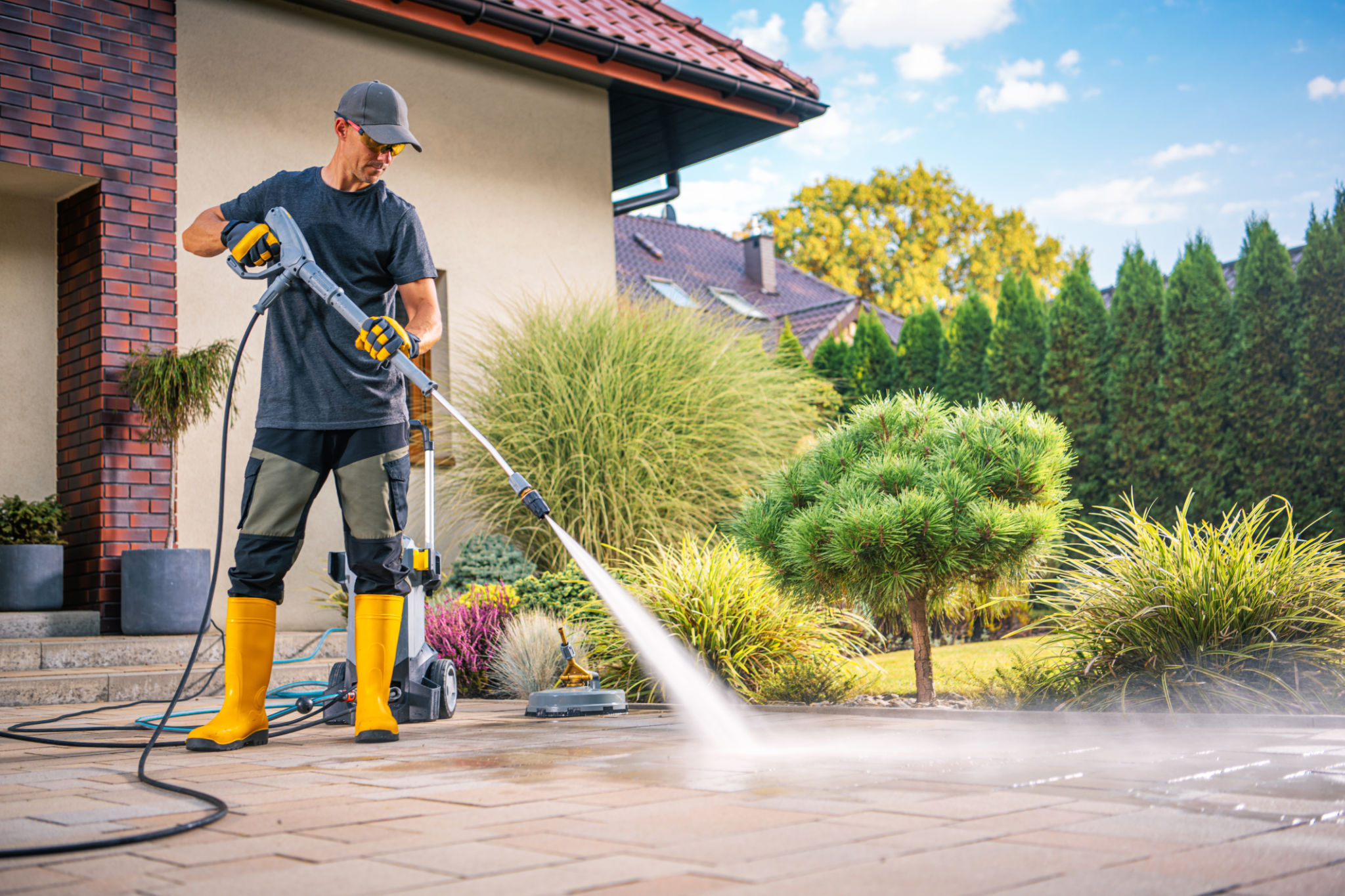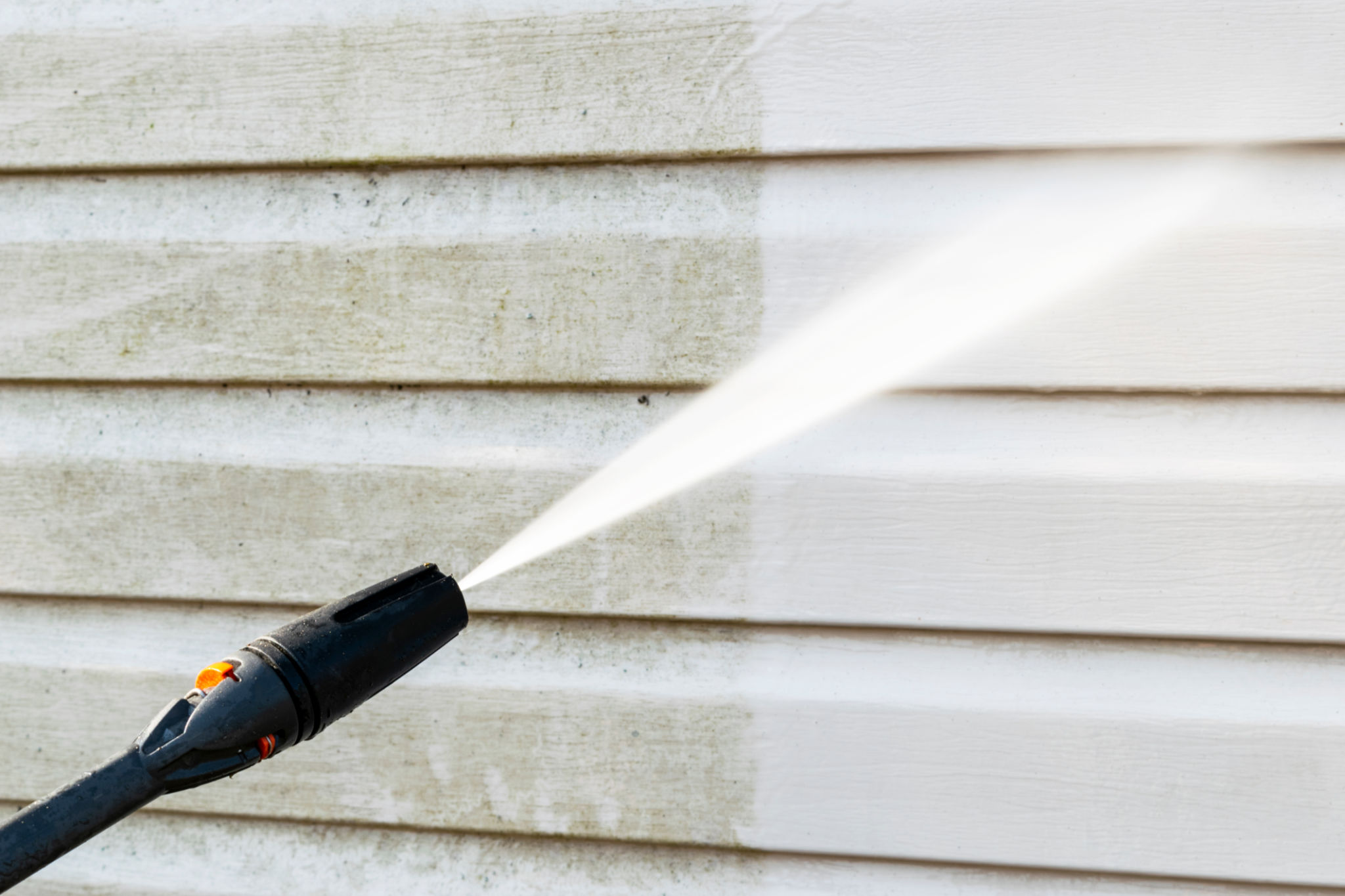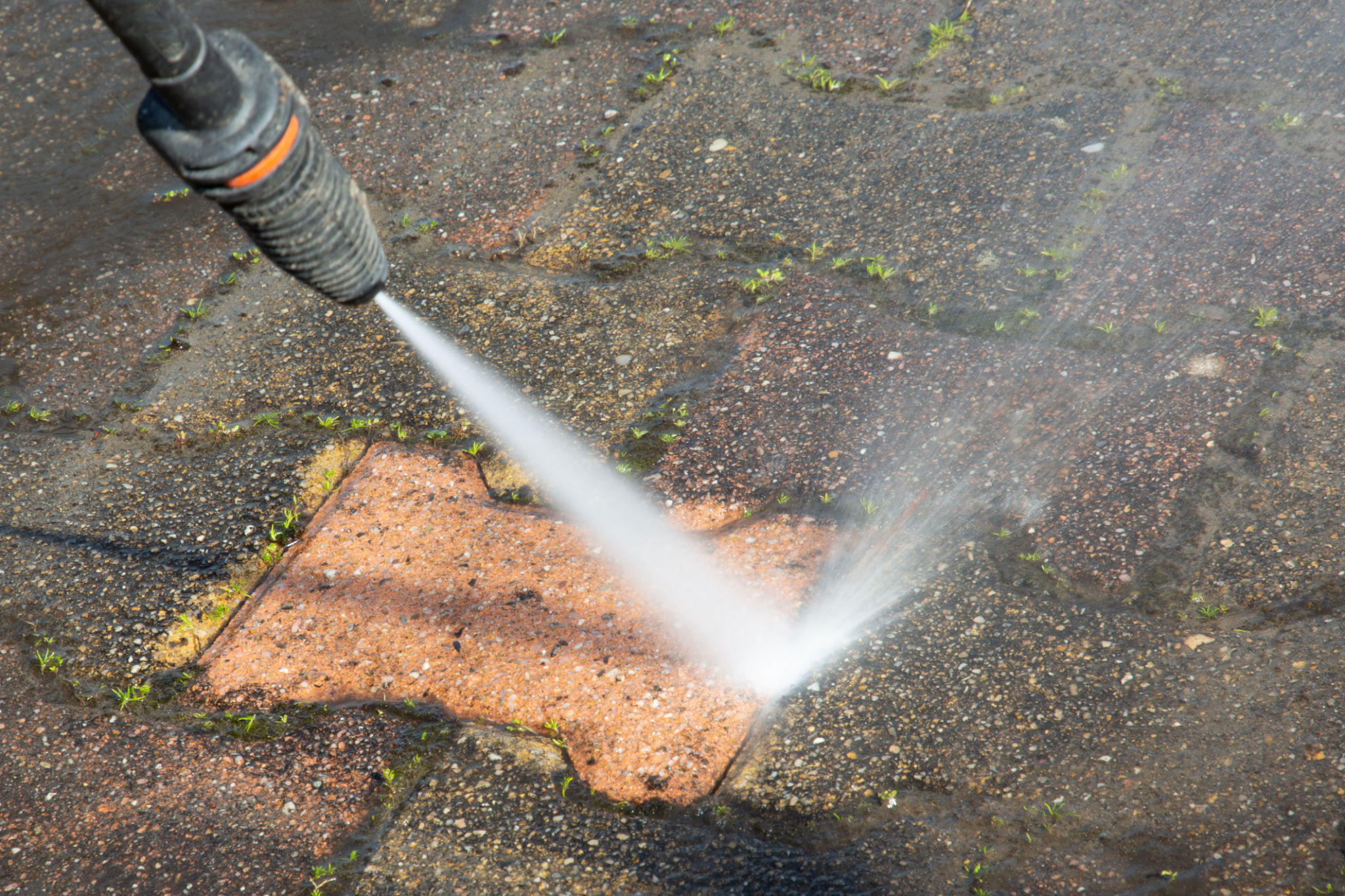The Ultimate Guide to Driveway and Sidewalk Power Washing for Homeowners
Understanding the Importance of Power Washing
Maintaining the exterior of your home is crucial for both aesthetic appeal and property value. One often overlooked area is the driveway and sidewalks, which can accumulate dirt, grime, and stains over time. Power washing is an effective method to rejuvenate these surfaces, enhancing your home's curb appeal significantly.

Regular power washing not only improves appearance but also helps prolong the life of your driveway and sidewalks. By removing harmful substances like mold, mildew, and algae, you prevent potential long-term damage. Moreover, a clean surface reduces the risk of slips and falls, ensuring safety for your family and visitors.
Preparing for Power Washing
Before you begin power washing, it's essential to prepare adequately. First, make sure to clear the area of any obstacles such as vehicles, toys, or debris. Inspect the surface for cracks or damages that might need repair before washing. It’s also wise to check the weather forecast to avoid washing on a rainy day.
Next, gather the necessary equipment. A power washer is the primary tool needed, but you may also require detergents specific to your surface type. Ensure you have protective gear such as gloves and safety goggles to shield yourself from potential hazards.
Choosing the Right Power Washer
Power washers come in various models with different pressure levels. For driveways and sidewalks, a machine with a pressure range between 2000 to 3000 PSI is usually adequate. Electric power washers are ideal for smaller areas, while gas-powered models offer more force for larger or heavily soiled surfaces.

Step-by-Step Power Washing Process
Once you're equipped and prepared, follow these steps to achieve optimal results:
- Pre-soak the Surface: Lightly wet the area to loosen dirt and make the cleaning process more effective.
- Apply Detergent: Use a detergent specifically designed for concrete surfaces, applying it evenly across the driveway or sidewalk.
- Power Wash: Start from the highest point and work downwards, ensuring even strokes to avoid streaks.
- Rinse Thoroughly: After washing, rinse the area with clean water to remove any residual detergent.
Post-Power Washing Maintenance
After power washing, allow the surface to dry completely before using it. Inspect the area for any remaining stains or spots that might require additional attention. To maintain your clean driveway and sidewalks, consider regular sweeping and periodic power washing every 6 to 12 months.

Additionally, sealing your driveway can provide added protection against future stains and damage. A quality sealant can extend the lifespan of your surfaces, making them easier to clean in the future.
Common Mistakes to Avoid
While power washing is relatively straightforward, homeowners often make a few common mistakes. Avoid using too much pressure as it can damage concrete surfaces or remove essential sealants. Also, ensure that detergents are fully rinsed away to prevent residues that could lead to discoloration or damage.
Another pitfall is neglecting safety precautions. Always wear appropriate protective gear and never aim the power washer at people or pets. By following these guidelines and tips, you can effectively enhance your home's exterior with a well-maintained driveway and sidewalk.
